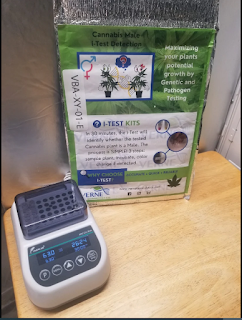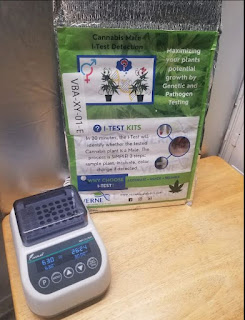HPLVD is what? | Verne Bioanalytics

CANNABIS VIRUS, AN INFECTIOUS VIRUS THAT FEEDS ON CANNABIS Several instances of a worrying viroid dubbed "hop latent viroid," or HPLVD , have been discovered in cannabis cultivation facilities, prompting more inquiry into the biology of this disease. Unlike many of the common pests and diseases that cannabis cultivators face, HPLVD often shows no outward signs and may be difficult, if not impossible, to identify even with laboratory testing. The question then becomes, how can we protect ourselves if its presence is so difficult to detect? And since this unknown viroid doesn't seem to be harming cannabis in any way, why is it a problem? Exactly what is HLVD? The hop mosaic virus ( HLVD ) is a single-stranded circular RNA viroid. Due to the strong association between cannabis and hops, HPLVD is also able to infect cannabis and hemp plants. Since its discovery in 1966, HPLVD has been widely regarded as a danger to hop plant development because of its ability to sometimes r...





